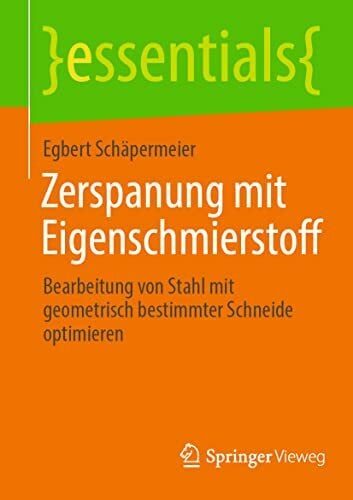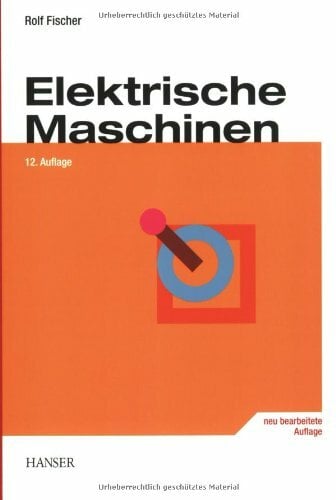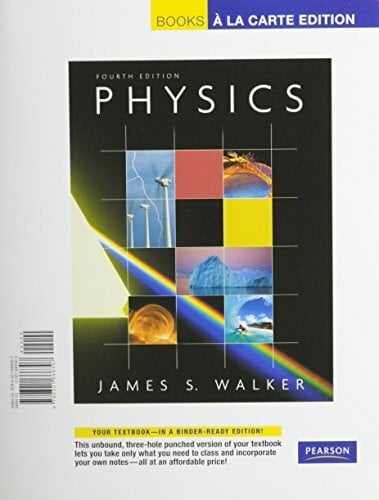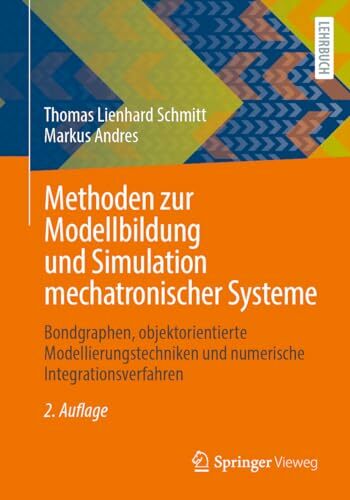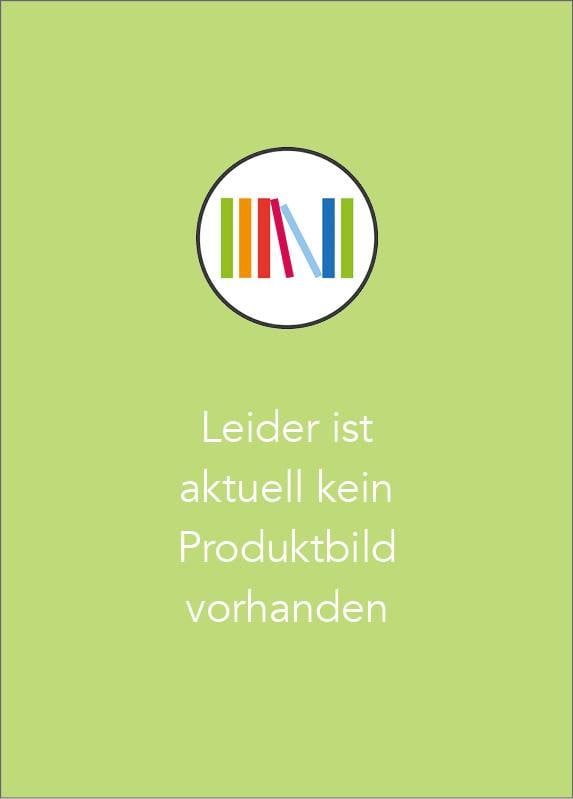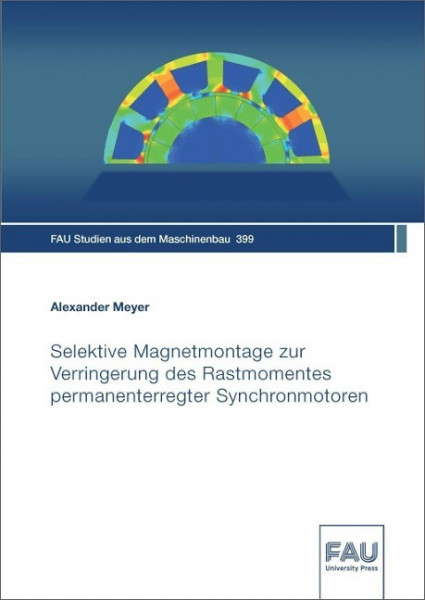
Selektive Magnetmontage zur Verringerung des Rastmomentes permanenterregter Synchronmotoren
Kurzinformation
inkl. MwSt. Versandinformationen
Artikel zZt. nicht lieferbar
Artikel zZt. nicht lieferbar

Beschreibung
This contribution gives an overview of the production of permanently excited rotor assemblies and possible faults in this process chain. In addition, possibilities for error detection are described and the compensation of these imperfections by selective magnet assembly is illuminated. The focus of the work is on the reduction of the cogging torque using low-cost magnets. In addition to the controllability of servo drives, the cogging torque is particularly responsible for the vibrations caused by an electrical machine. There are dependencies on the one hand on the motor configuration and on the other hand on the angular deviation of the magnetic moment vector of the individual magnets. Especially in permanently excited synchronous machines with ironless Halbach rotors, field distortions cannot be compensated by the rotor iron, as is the case with embedded magnets, for example. This is also confirmed by the measurements carried out within the scope of this work. The selective magnet assembly makes it possible to raise an enormous cost saving potential by using cheaper magnets with minimised cogging torque. This is achieved by compensating for the angular deviations of the individual magnets from each other. For this purpose, a compensated set of magnets is formed by calculation algorithms. The implementation in a production environment is illustrated with the help of a storage system that can fully automatically measure, sort, store and provide magnets as a compensated magnet set. A concept demonstrator of such a storage system is presented, the cycle times are determined and optimisation potentials are identified. Based on an example scenario in which a modular motor design with different variants and a medium annual total number of units is to be manufactured with the help of selective magnet assembly, the savings potential through cheaper magnets is demonstrated. In the example, the material costs for high-quality magnets account for 25 % of the total manufacturing costs for a motor. In contrast, the material costs for the magnets are 70 % lower and the additional costs for a fully automatic storage system are 1.5 %, thus demonstrating the profitability of the strategy. von Meyer, Alexander
Produktdetails

So garantieren wir Dir zu jeder Zeit Premiumqualität.
Über den Autor

- Hardcover
- 240 Seiten
- Erschienen 2008
- VDE VERLAG
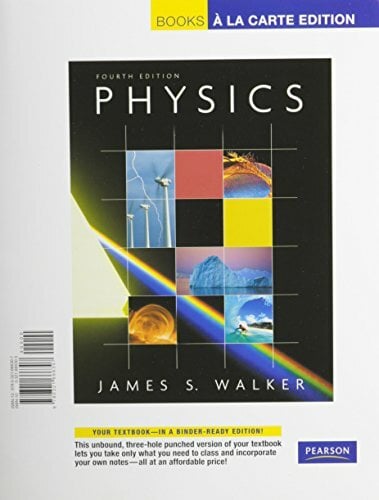
- Gebunden
- 757 Seiten
- Erschienen 2010
- Wiley-VCH

- Gebunden
- 434 Seiten
- Erschienen 2018
- Wiley-VCH
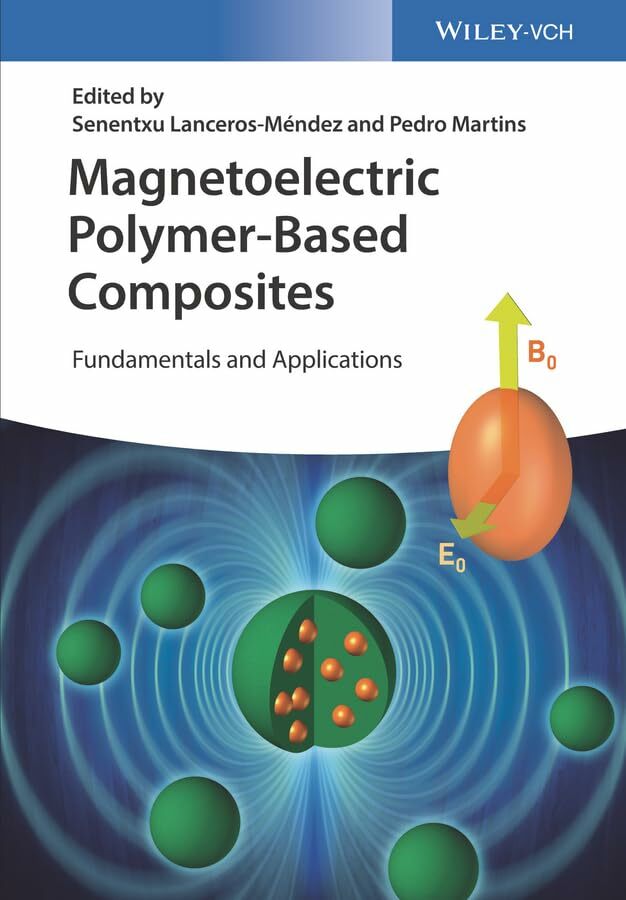
- Gebunden
- 264 Seiten
- Erschienen 2017
- Wiley-VCH

- hardcover
- 512 Seiten
- Erschienen 1988
- Merrill
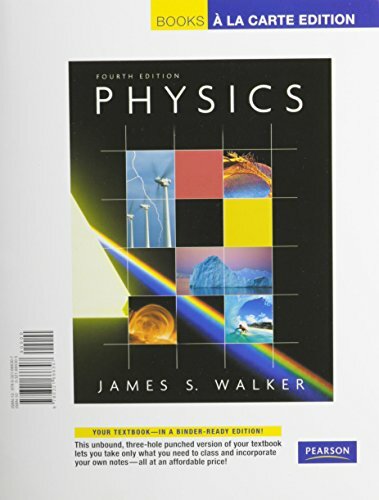
- Gebunden
- 190 Seiten
- Erschienen 2012
- Wiley-VCH

- paperback
- 1212 Seiten
- Erschienen 2001
- Springer
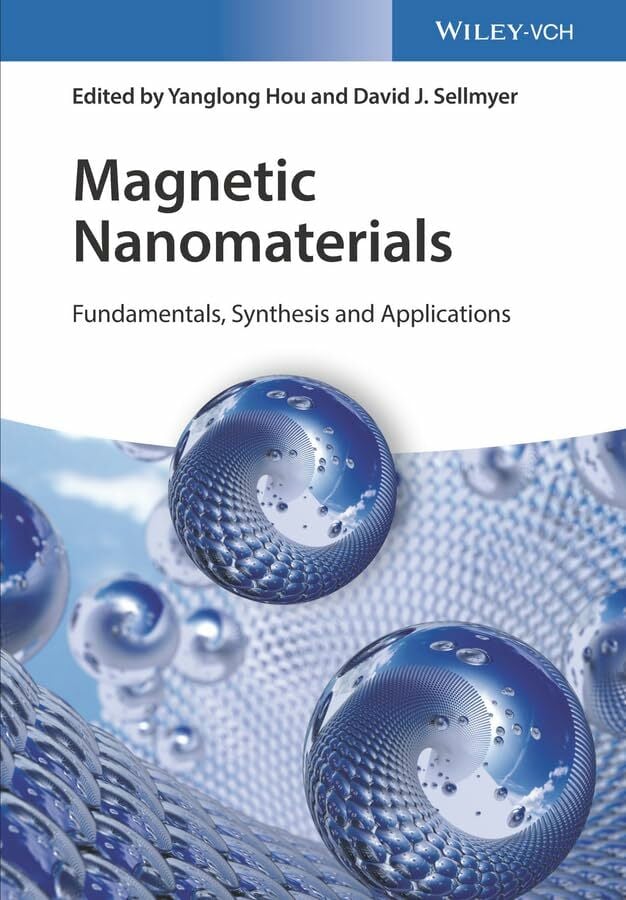
- Gebunden
- 574 Seiten
- Erschienen 2017
- Wiley-VCH

- hardcover
- 805 Seiten
- Erschienen 1992
- Longman









